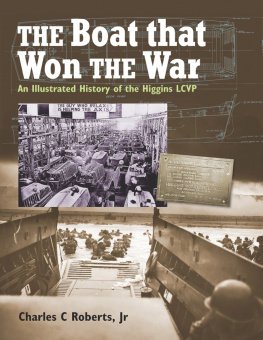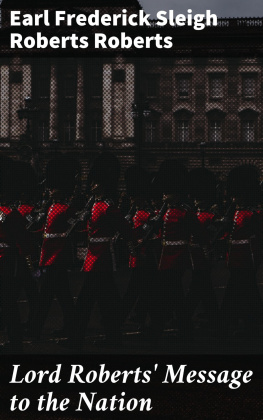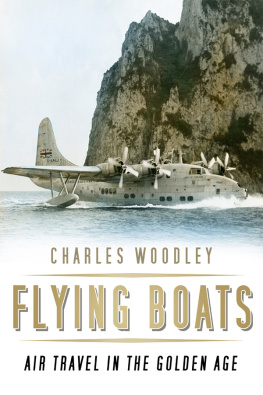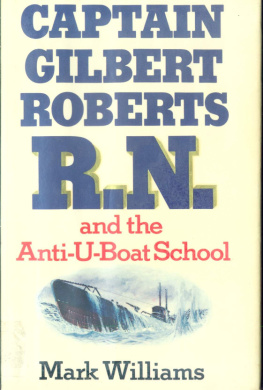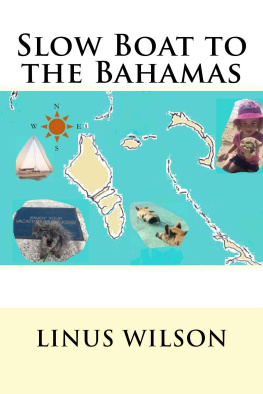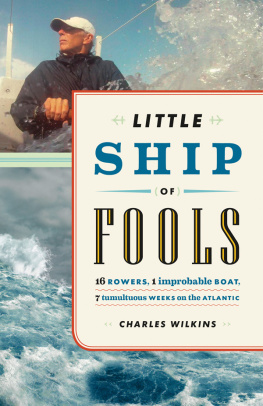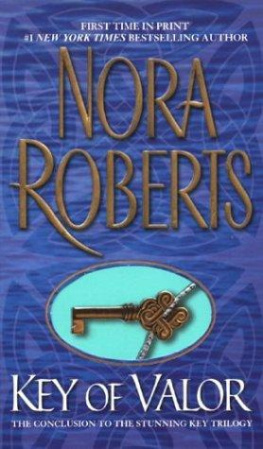Charles C. Roberts - The Boat that Won the War
Here you can read online Charles C. Roberts - The Boat that Won the War full text of the book (entire story) in english for free. Download pdf and epub, get meaning, cover and reviews about this ebook. year: 2017, publisher: Pen & Sword Books, genre: Home and family. Description of the work, (preface) as well as reviews are available. Best literature library LitArk.com created for fans of good reading and offers a wide selection of genres:
Romance novel
Science fiction
Adventure
Detective
Science
History
Home and family
Prose
Art
Politics
Computer
Non-fiction
Religion
Business
Children
Humor
Choose a favorite category and find really read worthwhile books. Enjoy immersion in the world of imagination, feel the emotions of the characters or learn something new for yourself, make an fascinating discovery.
- Book:The Boat that Won the War
- Author:
- Publisher:Pen & Sword Books
- Genre:
- Year:2017
- Rating:5 / 5
- Favourites:Add to favourites
- Your mark:
- 100
- 1
- 2
- 3
- 4
- 5
The Boat that Won the War: summary, description and annotation
We offer to read an annotation, description, summary or preface (depends on what the author of the book "The Boat that Won the War" wrote himself). If you haven't found the necessary information about the book — write in the comments, we will try to find it.
The Boat that Won the War — read online for free the complete book (whole text) full work
Below is the text of the book, divided by pages. System saving the place of the last page read, allows you to conveniently read the book "The Boat that Won the War" online for free, without having to search again every time where you left off. Put a bookmark, and you can go to the page where you finished reading at any time.
Font size:
Interval:
Bookmark:

THE BOAT THAT WON THE WAR
An Illustrated History of the Higgins LCVP

An Illustrated History of the Higgins LCVP
Charles C Roberts Jr
Seaforth
PUBLISHING
Special thanks to the following individuals who were consulted and contributed to this work: Robert Jornlin, US Navy Retired; Robert Reeners, WWII coxswain; Alejandro Raigorodsky, Historical Researcher; and Michael Krizsanitz, historian. Renderings by Charles Roberts, John Roberts and Alejandro Raigorodsky.
Copyright Charles C. Roberts, Jr. 2017
First published in Great Britain in 2017 by Seaforth Publishing,
an imprint of Pen & Sword Books Ltd,
47 Church Street, Barnsley, South Yorkshire S70 2AS
www.seaforthpublishing.com
British Library Cataloguing in Publication Data
A catalogue record for this book is available from the British Library
ISBN 978 1 52670691 1 (Hardback)
ISBN 978 1 5267 0692 8 (Kindle)
ISBN 978 1 5267 0693 5 (ePub)
All rights reserved. No part of this publication may be reproduced or transmitted in any form or by any means, electronic or mechanical, including photocopying, recording, or any information storage and retrieval system, without prior permission in writing of both the copyright owner and the above publisher.
The right of Charles C. Roberts, Jr. to be identified as the author of this work has been asserted by him in accordance with the Copyright, Designs and Patents Act 1988.

Landing craft have been used to support military operations since ancient times. In the Iliad, Homer describes how the Greeks sailed across the Aegean Sea, landed on the beaches and attacked the city of Troy. In 490 BC the Persian ruler Darius sent a fleet of ships to attack Greece that included landing craft designed to allow horses to disembark and enter the battle. In 414 BC the Athenian navy put ashore an invasion force to attack the city of Syracuse in Sicily. In 55 BC Julius Caesar landed soldiers on the Kentish coast of Britain. For several decades around 800 AD the Vikings carried out amphibious raids on parts of the British Isles and European coastal areas. The last successful invasion of England came in 1066 when William the Conqueror landed his force on the Sussex coast, defeated the English King Harold at Hastings and established a new blood line of royalty. However, only in very few cases were these operations carried out by specialist landing craft, and history is replete with amphibious landings which were not successful. There was a perception that amphibious landings were risky and often costly. In modern times this was bolstered by the landing operation disaster at Gallipoli in 1915, where British and French troops were initially repulsed at the beach by the Turks. Since amphibious warfare was not part of the military lexicon between the wars, the United States was unprepared for such actions, although the US Navy had not given up totally on amphibious operations and was doing some development work on landing craft in the late 1930s. With the outbreak of the Second World War and the necessity to land forces on foreign coasts, amphibious forces became an important priority for the US Navy. Rapid Japanese conquests in the Far East attested to the viability of amphibious operations. In the early 1940s many American shipyards competed to supply landing craft to the US Navy based on naval designs, but a boat designed and built by Higgins Industries of New Orleans emerged as the best means of putting troops and light vehicles ashore. The evolution of the Higgins design resulted in the Landing Craft Vehicle Personnel (LCVP), or Higgins Boat, that General Eisenhower called The Boat that Won the War. Over 23,000 were manufactured and Higgins Boats were used in virtually all US amphibious operations of the Second World War, as well as being supplied in quantity to the Allies. This book reviews the history of the LCVP, the design, the manufacturing, handling and its employment in the Second World War. In terms of significance, the LCVP is one of the most innovative landing craft in naval history.
In the late 1930s Andrew Jackson Higgins operated a boatbuilding company in the New Orleans, Louisiana area, specializing in small, versatile, shallow draft watercraft. There was a demand for a small boat that could traverse shallow water and be resistant to propeller damage from floating objects. Trappers and oil company crews needed a vessel to navigate the Louisiana marshes which could run aground, off-load material and back off the shore without hull damage. In response to this need, Higgins Industries developed a wide bow profile boat (pram bow) with a tunnel in the stern to protect the propeller and provide a shallow draft. This was called the Wonderboat. The forebody was round and reinforced to withstand the forces of repeated beachings, and shaped such that the bow wave formed an aerated water surface which tended to reduce hull friction and increase speed. The bow shape also expelled the aerated water to the side, preventing ingestion into the propeller tunnel which would decrease propeller efficiency.
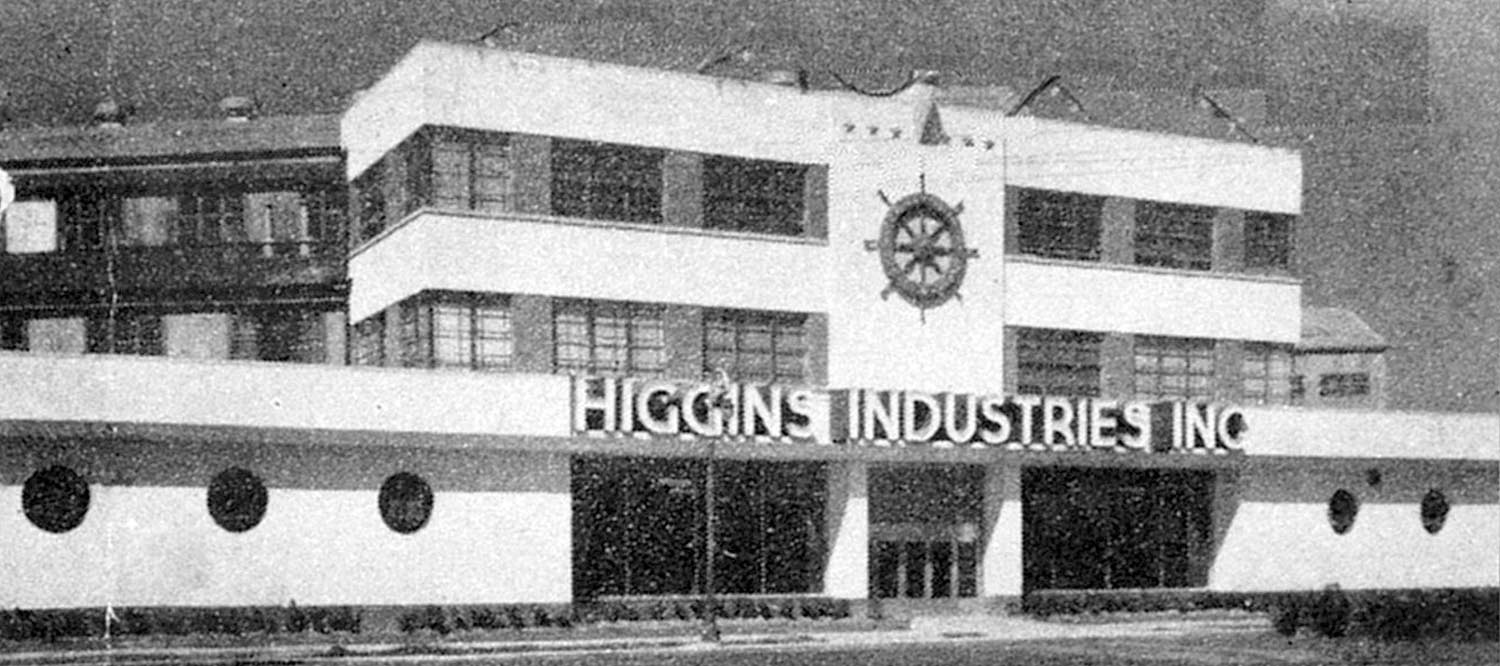
Administration building of the Higgins City Park Plant. ()
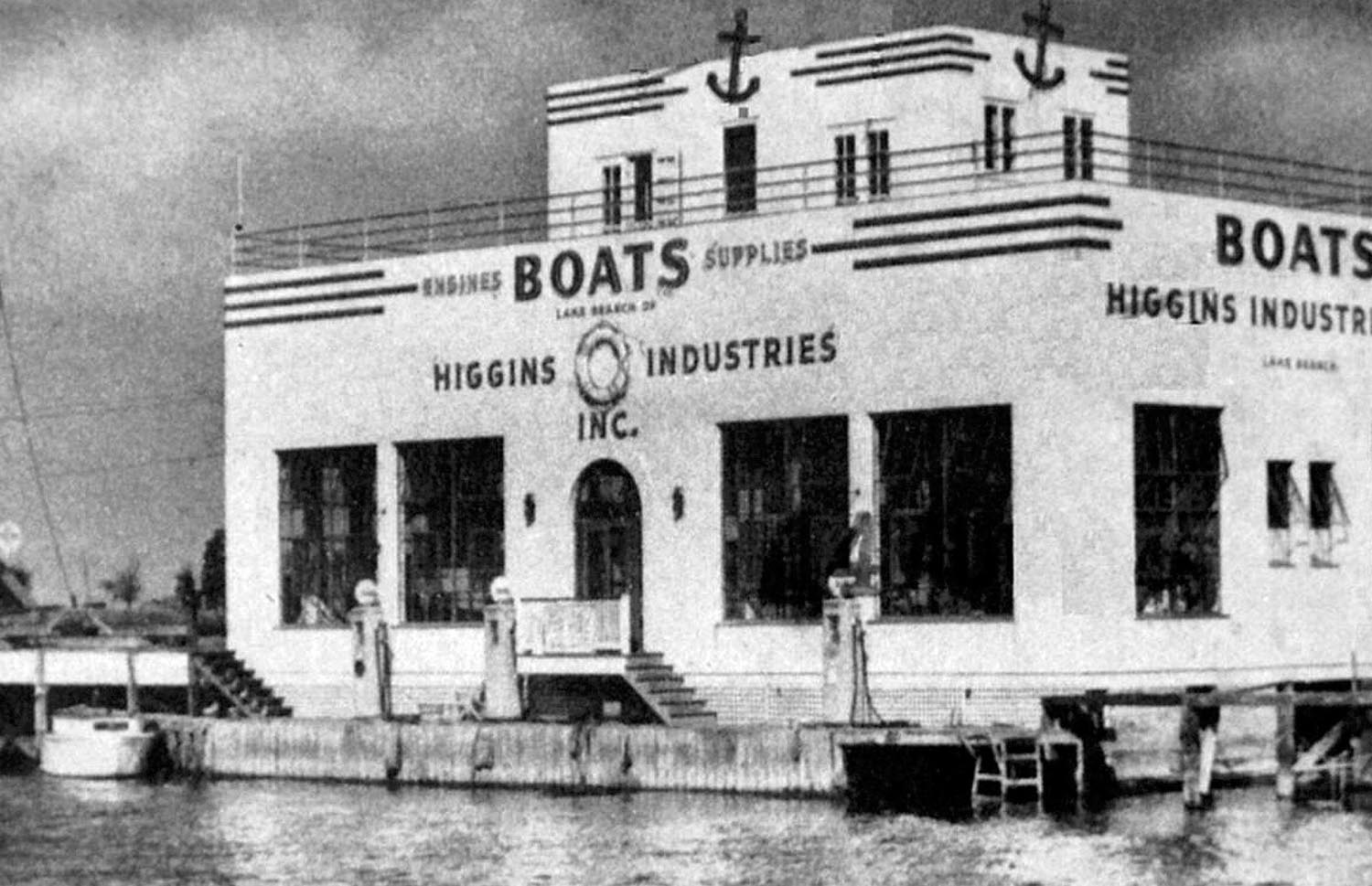
Higgins West End Landing Service wharf and showrooms. ()

Night view of the City Park Plant, at that time the worlds largest building dedicated to the manufacture of naval craft. ()
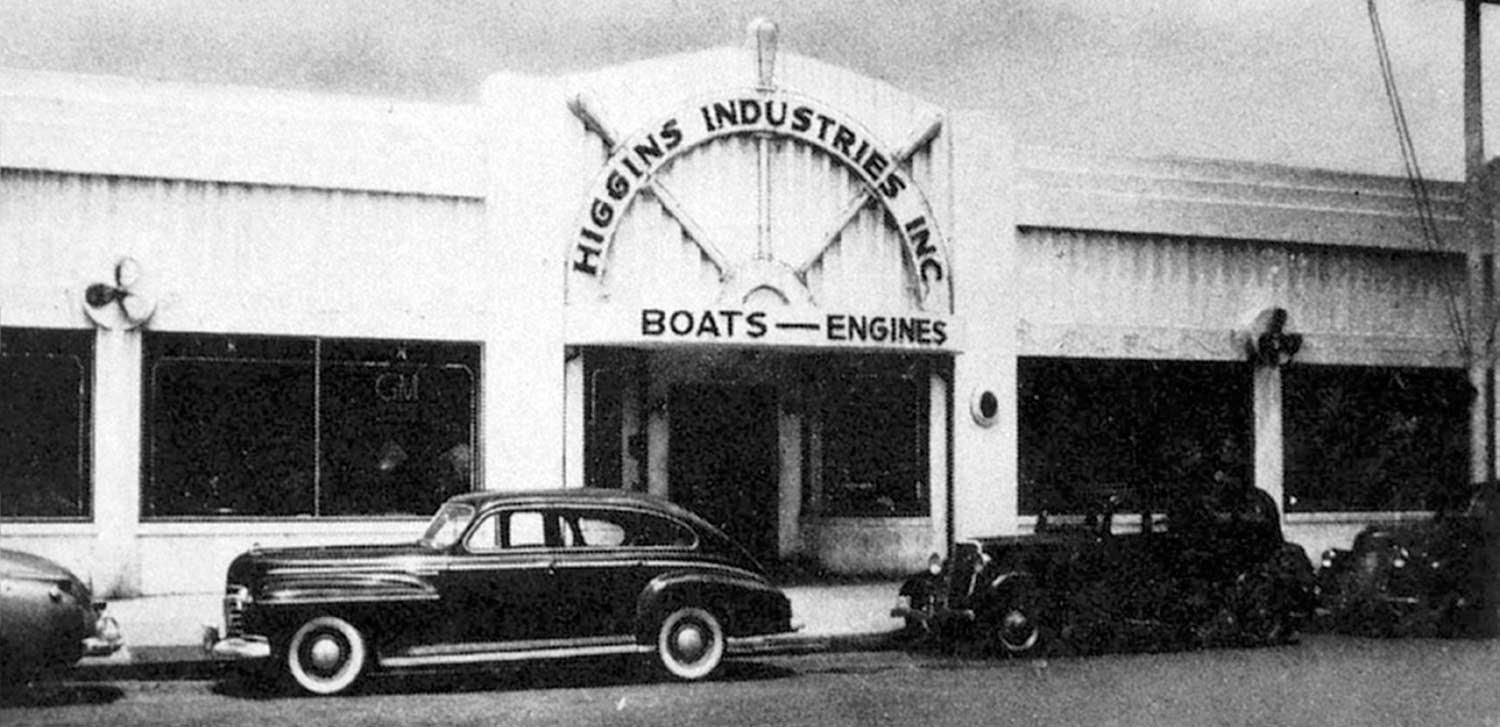
St Charles Avenue plant in New Orleans, Louisiana, which dealt with engine installation. ()
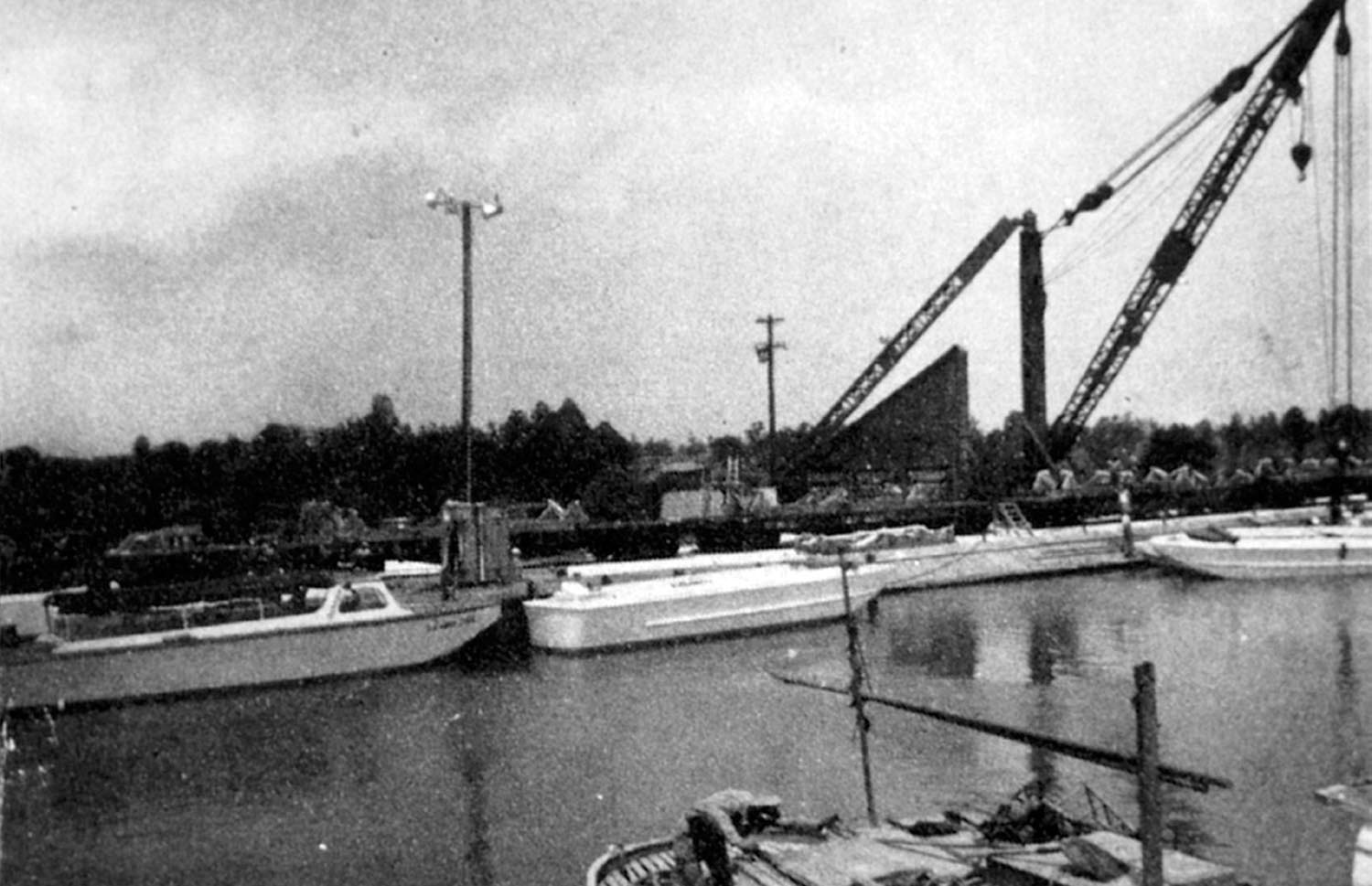
Bayou St John where boats were placed in the water, tested and awaited delivery. ()
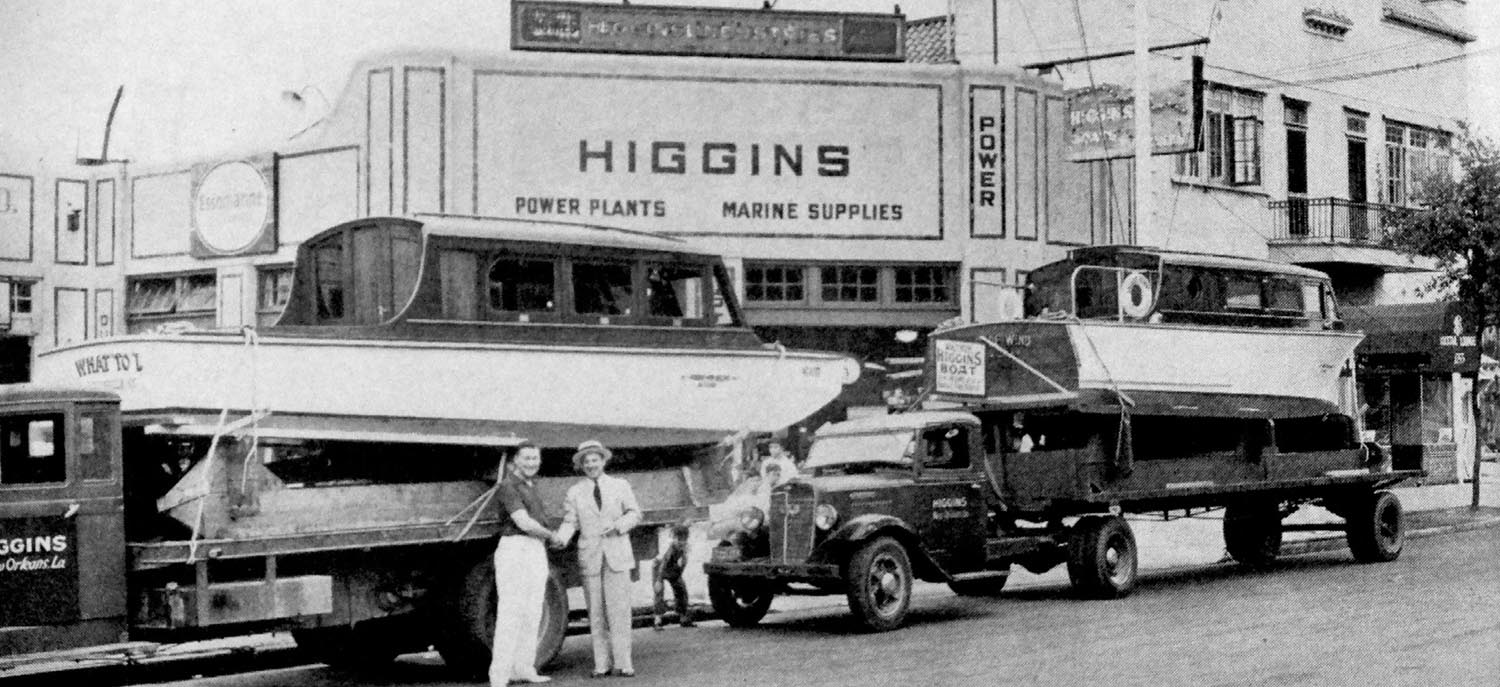
Higgins plant on St Charles Avenue, New Orleans in 1937. To the left in the photo is an early Wonderboat. ()
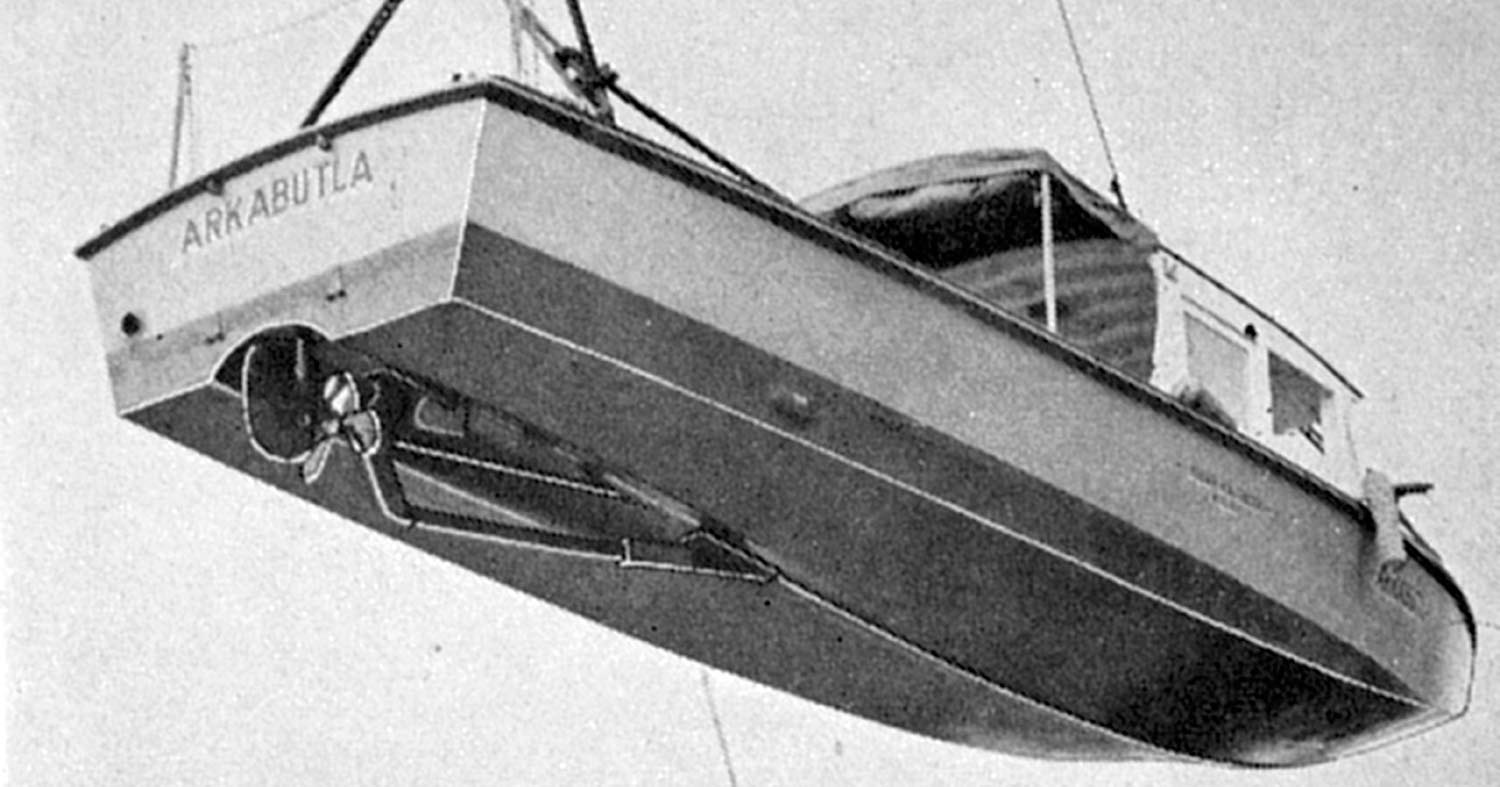
Bottom view of a Eureka boat showing a single screw, tunnel, flanking rudder and keel. ()
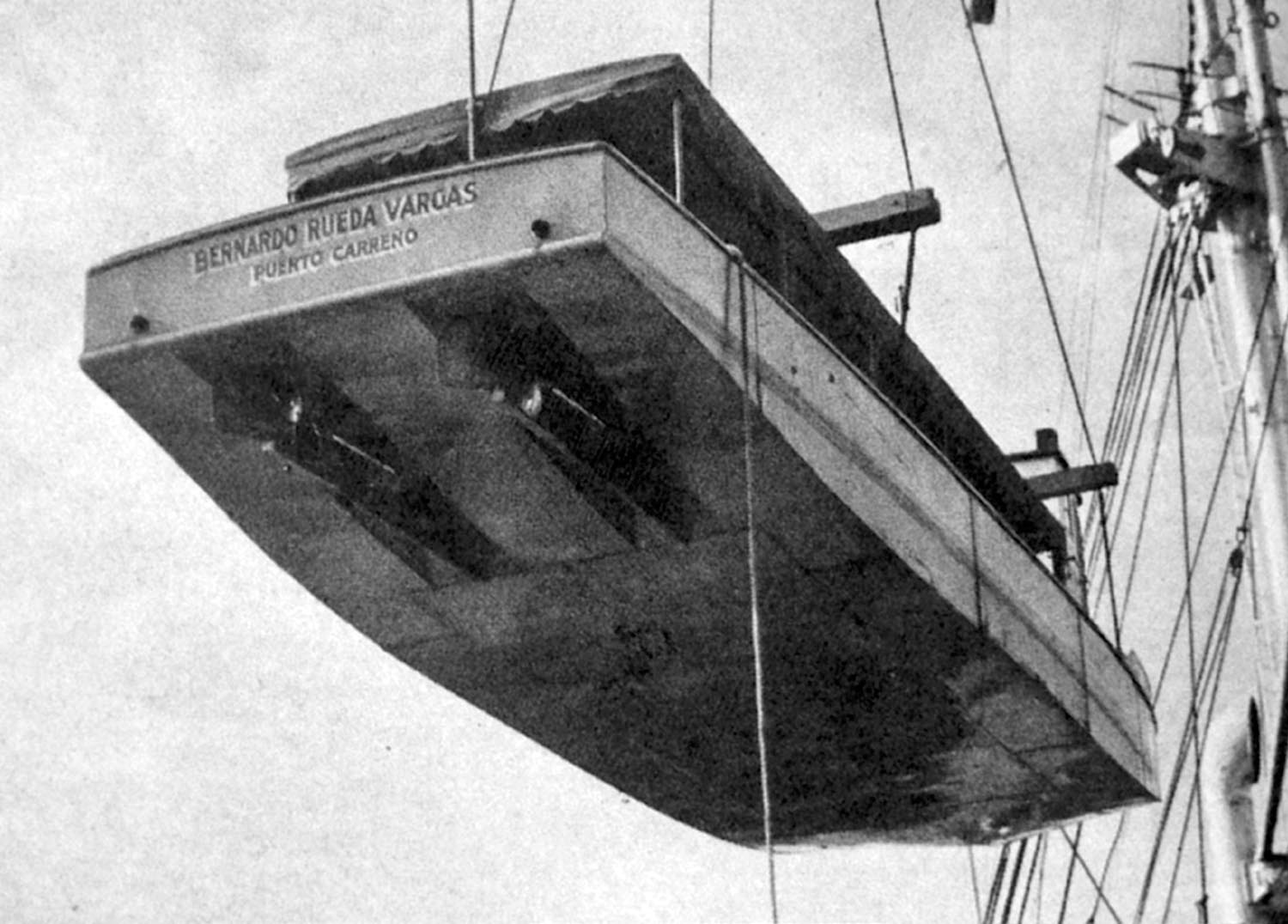
Eureka Boat with twin tunnels, 1937. ()
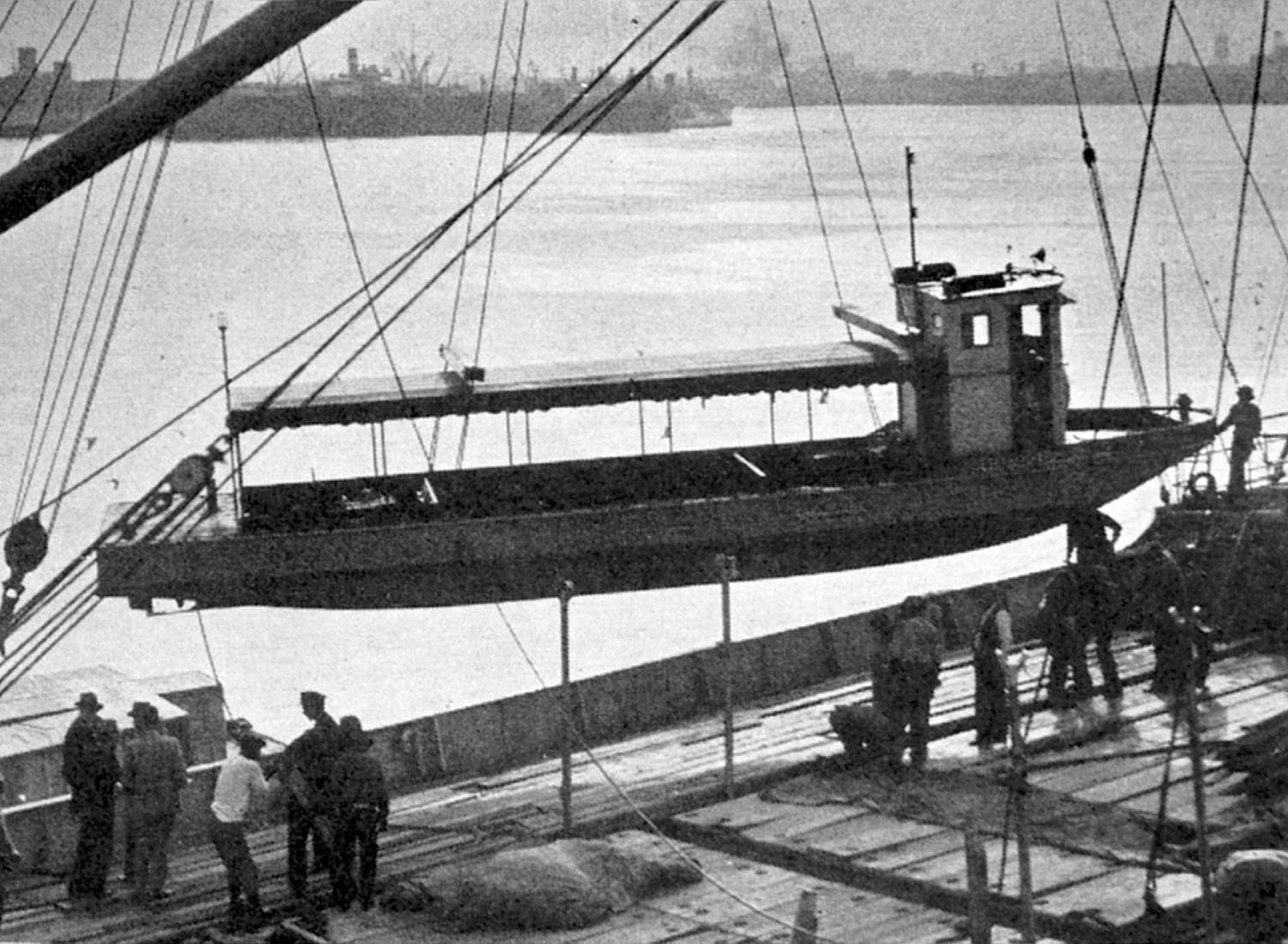
Font size:
Interval:
Bookmark:
Similar books «The Boat that Won the War»
Look at similar books to The Boat that Won the War. We have selected literature similar in name and meaning in the hope of providing readers with more options to find new, interesting, not yet read works.
Discussion, reviews of the book The Boat that Won the War and just readers' own opinions. Leave your comments, write what you think about the work, its meaning or the main characters. Specify what exactly you liked and what you didn't like, and why you think so.

